If you are relatively new to photography, there are probably a few things that you have found out. Firstly, cameras take amazing pictures in Program Mode. Second, getting out of Program Mode can seem daunting. Lastly there never seems to be enough time to devote to learning photography.
Whilst there is an abundance of good information out there, a lot of of it is very detailed and takes a lot of studying, much of which you might forget by the time you are actually out shooting. For many of us the weekends are the only time we get to practice our photography.
Today we are going to look at some simple but effective strategies for improving your technical game (There are three main parts – we suggest you do one part per weekend to solidify your learning). In this first part we will ween you off of Program mode by shooting in Aperture Priority and Shutter Priority modes.
Then we will move onto learning to shoot in manual mode. In the next installment, we will introduce you to different autofocus modes, manual focus and ISO. We will also give you an understanding of ISO and the camera’s histogram.
Getting Off Program Mode (Part One)
The first stage in weaning yourself off of Program Mode is to let one of the other auto modes shoulder some of the work. The modes for this are Aperture Priority and Shutter Priority.
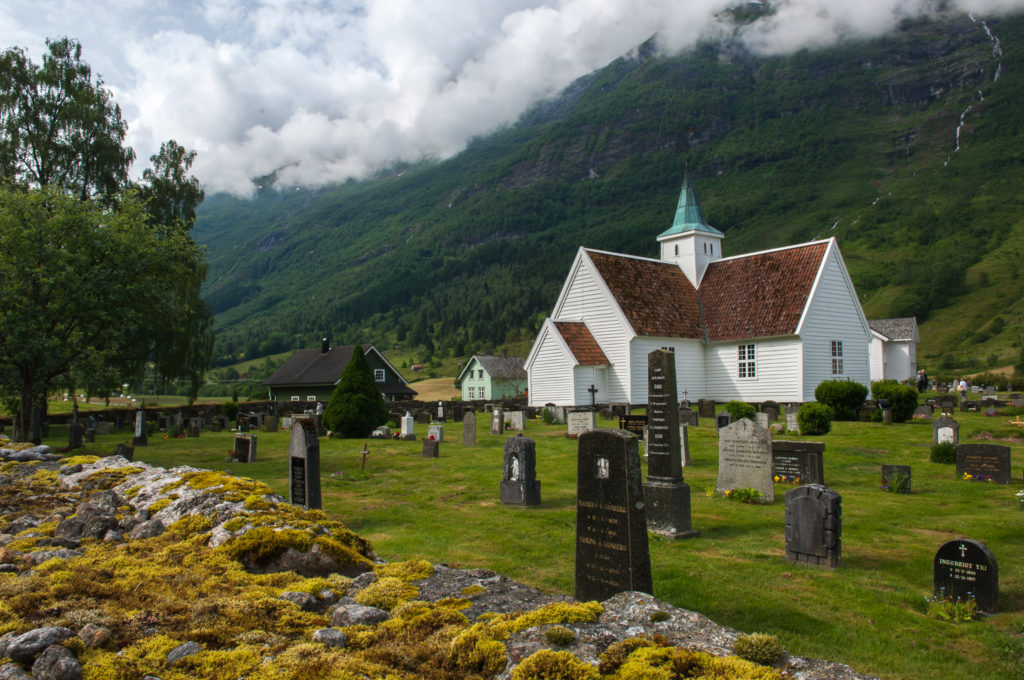
Let’s start with Aperture Priority. The main thing you need to learn about Aperture Priority is the effect of different apertures on depth of field. Depth of field is the amount of the image that is in focus in front of and beyond the subject.
The best way see the effect of depth of field is to shoot with a moderate telephoto. The telephoto end of your standard zoom should be fine. Put your camera in Aperture Priority and set it at the maximum (widest) aperture. Find a subject that has a clearly defined foreground and background. This might be a row of trees or the railings around a park.
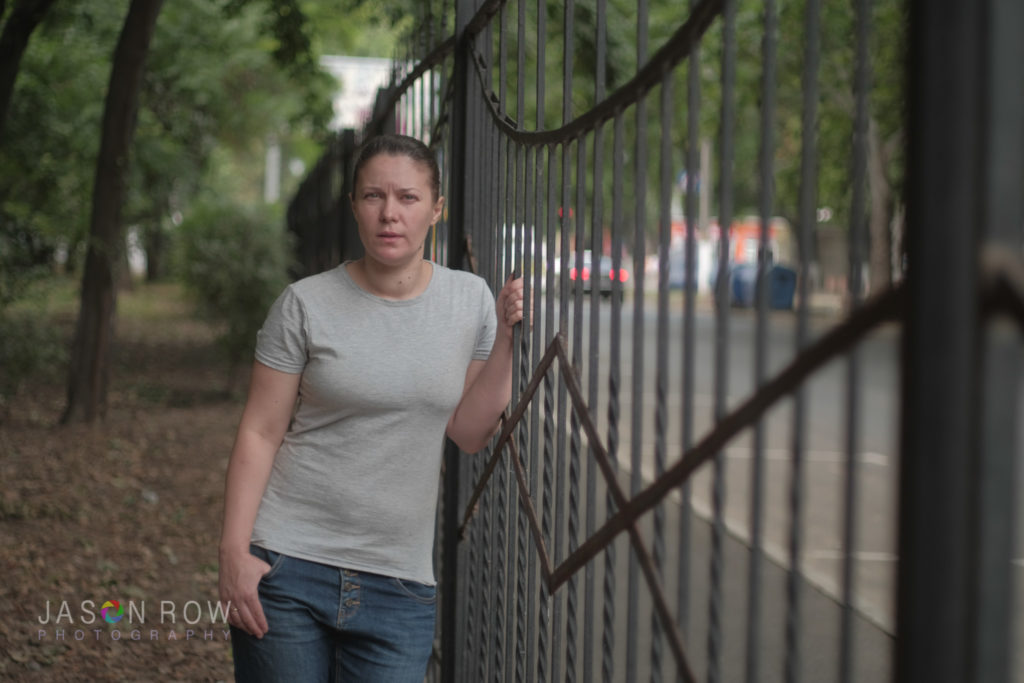
Focus on the middle tree or in the middle of the railings and shoot one shot. Repeat the shot but this time with your aperture quite small, perhaps f/11 or f/16. Spend some further time looking for shots where there is a well defined foreground, background and subject. Practice shooting different apertures, all the time focussing on a subject in the mid area of the scene.
The main thing to be aware of when shooting in Aperture Priority is your shutter speed getting too low. Keep an eye out for motion blur in your images, this is a sign of camera shake. However it can also be used to your advantage.
Getting Off Program Mode (Part Two)
Next we can try out Shutter Priority. The key factor of Shutter Priority is to convey the feeling of motion in a stills shot. We can attempt to freeze motion with a high shutter speed. Alternatively we can attempt to enhance it using a slow shutter speed. This can be pretty simple to practice.
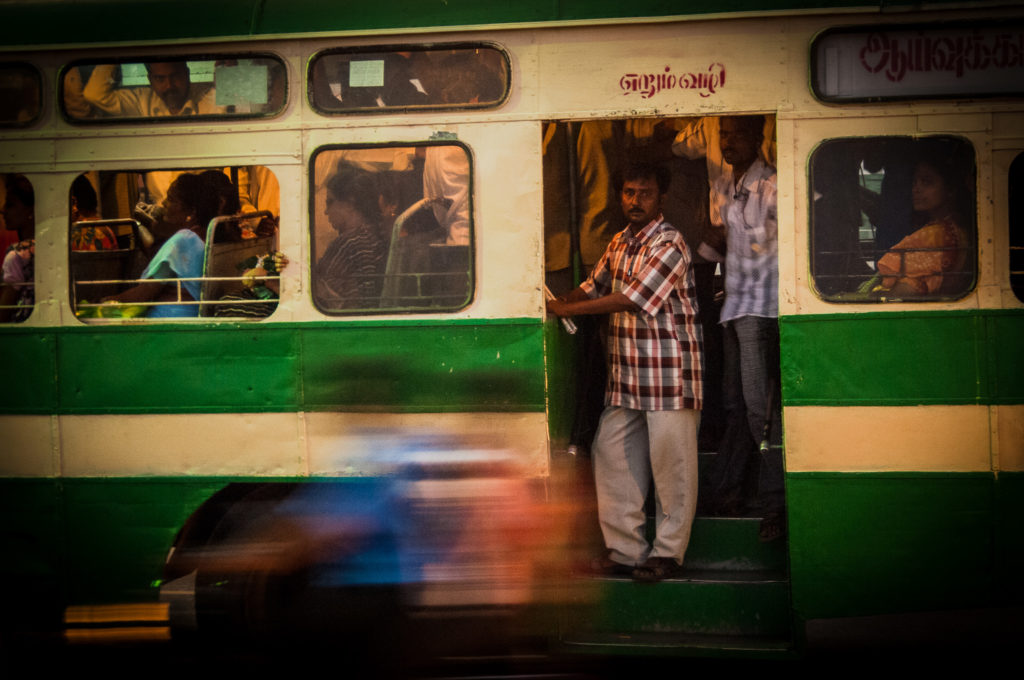
One of the easiest ways is to shoot a moving car. Position yourself at right angles to a busy road, set the camera to Shutter Priority. Then set a shutter speed of 1/1000th. If your camera cannot get the aperture wide enough, increase your ISO a little. Now simply take some shots as cars pass, do not attempt to pan the shot – just stay still.
Now reset the shutter speed down to 1/60th of a second and repeat the exercise. Look for some more moving subjects and shoot them at a variety of shutter speeds. When you get home, you will see a clear difference between images shot with a slow shutter and a higher one.
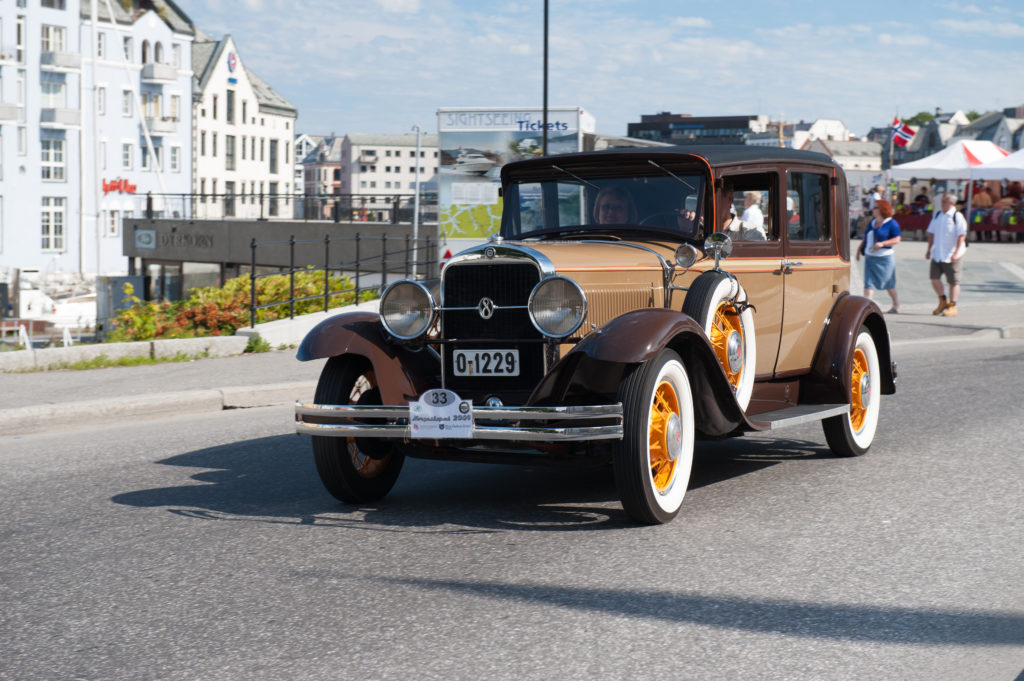
Going Manual (Part Three)
By practicing and understanding Aperture and Shutter Priority, you will now have an understanding of the effect of both shutter speed and aperture on the look of an image. It’s now time to use that knowledge and apply it to shooting in manual exposure mode.
The best way to do this is to repeat similar shots that we did for the previous two weekends. This time, however, we are going full manual.
The key to shooting manual is understanding the exposure indicator in your viewfinder. It's that scale at the bottom and will have indicators running from -3 on the left to +3 on the right. The correct exposure is indicated in the middle. To set exposure manually, first we need to decide what we are attempting to achieve.
So, if we are shooting cars, it is the shutter speed that is defining the look of the image (by omitting or introducing motion blur). Therefore we will set either a high or slow shutter speed depending on the look we wish to achieve. If the viewfinder indicator is to the left of centre, we are under exposing. This means we must open the aperture until the indicator is in the centre.
If the indicator is to the right, we are over exposing. We must close down the aperture to get the marker into the centre.
If we are shooting for depth of field, then we are going to choose our aperture first. A wide aperture for shallower depth of field and a small aperture for a deep depth of field. We then apply the same principle of getting the marker to the centre.
This time though, if the indicator is to the left, we need to set a slower shutter speed to let in more light. If the indicator is to the right, we set a faster shutter speed to reduce the light reaching the sensor. Remember to keep an eye on your shutter speed, if it gets too low, you will get camera shake.
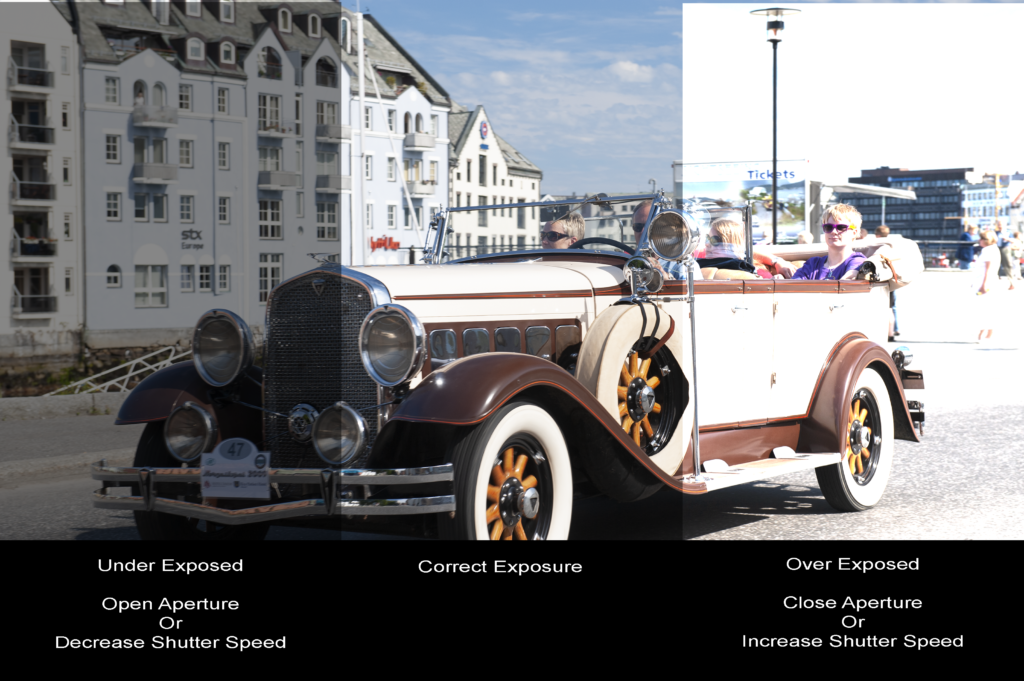
Exposure Compensation Can Also Be Useful
Whilst Aperture and Shutter Priority modes are both automatic, you can take more control over the exposure. We do this using exposure compensation. This is found on your camera either in the form of a dial, or by a combination of button and dial.
Exposure compensation is a great way lighten or darken an image when using an automatic exposure mode. If you want your image to look darker than the metered exposure, simply dial the exposure compensation to minus. To lighten an image dial in a plus setting. Exposure Compensation is usually available up to 3 stops plus and minus. It can be set inhalf of third stop increments. Practice using Exposure Compensation when shooting in either Shutter or Aperture Priority.
Over the space of a handful of weekends you caneasily get to master the three most important exposure modes. You can also learn how to override two of them using exposure compensation.
In the next part, we will show you how to master automatic and manual focus. Also we will look at understanding the effect of ISO.

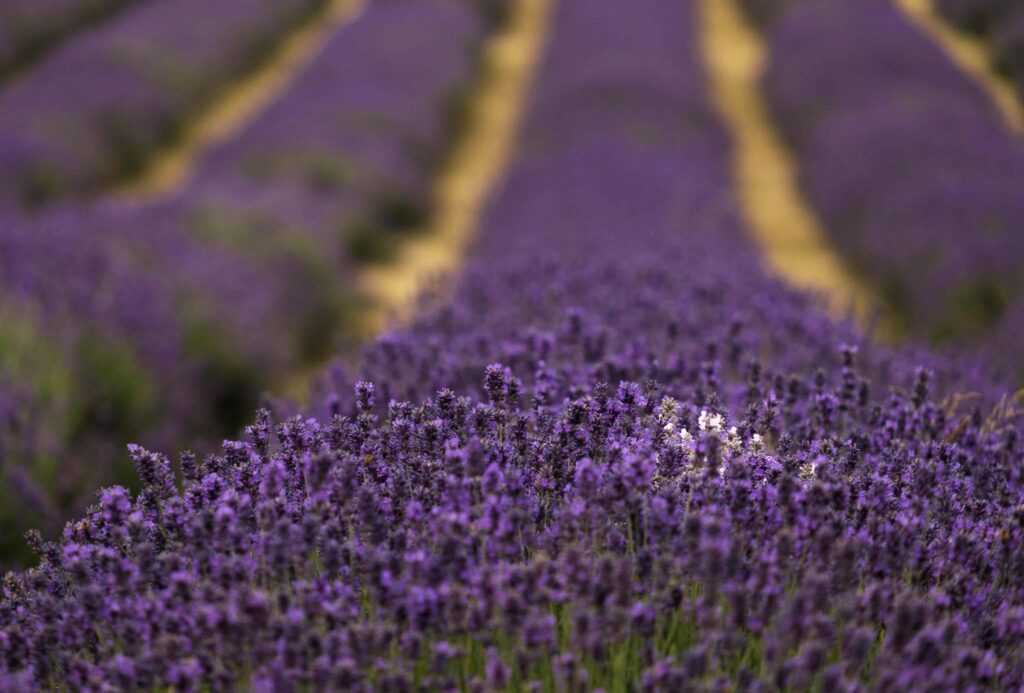
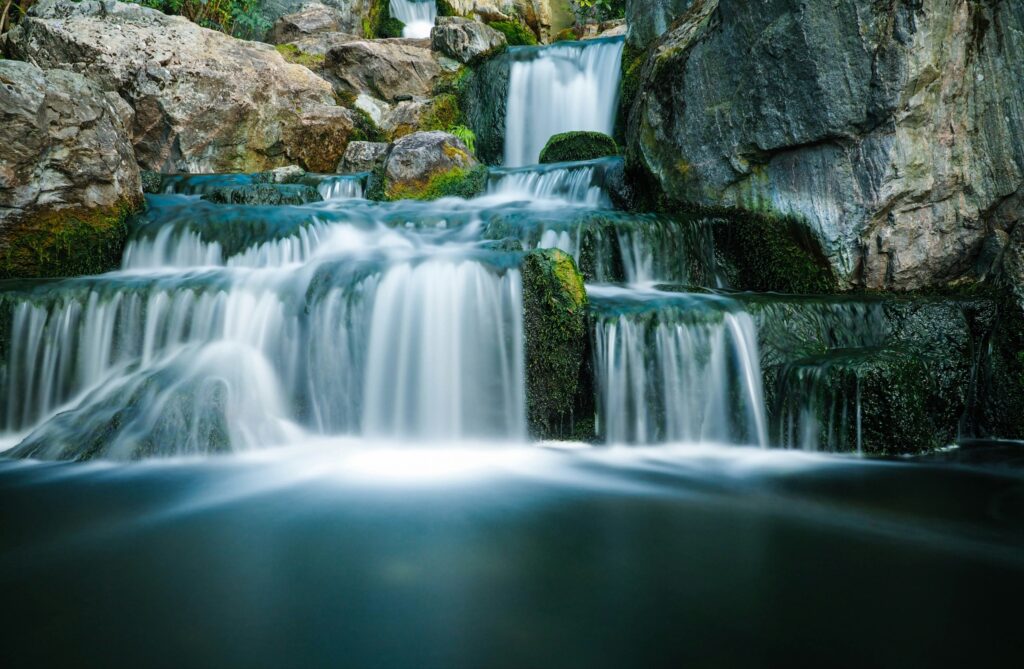
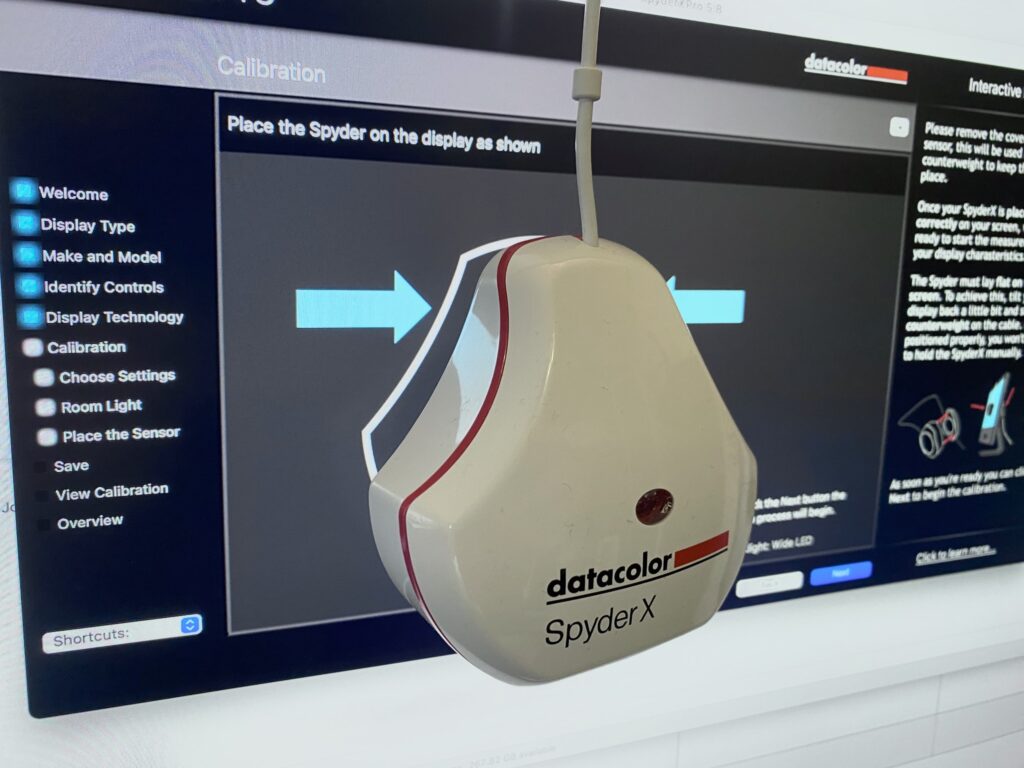
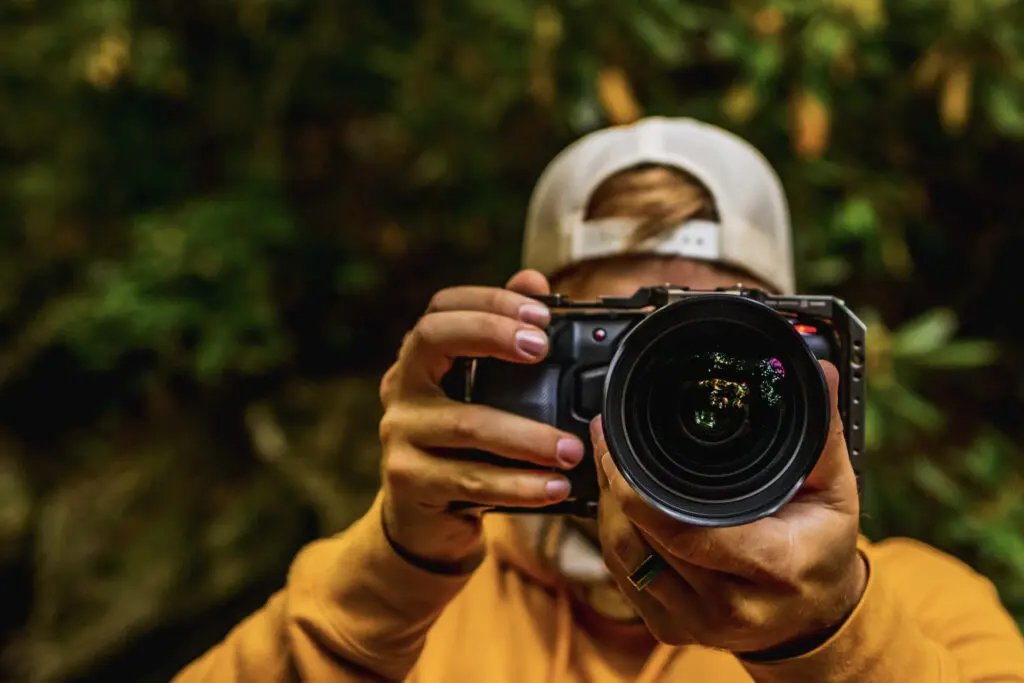
3 Comments
Why should newbies get off program mode??? And going manual will not help them getting the photo. It is widely recognized that program mode of Aperture mode are the most useful modes for people who are not obsessed – manual mode is mostly useful for macro or landscape/nature.
Possibly after 35 years one would know how to dial in the camera without thinking, but until then let the camera do the har job, it mostly know best.
Sorry Casper, but pretty much all of that is simply not true.
Literally the first part of this article is about moving from Program to Aperture Priority. The second part is about moving to Shutter Priority and the last section is about Exposure Compensation. There is only one section about manual and manual mode is very important if you wish to develop as a photographer. Cameras know best is simply not true. Cameras know what the ideal settings are in ideal situations. They have no idea what the photographer is trying to achieve creatively.